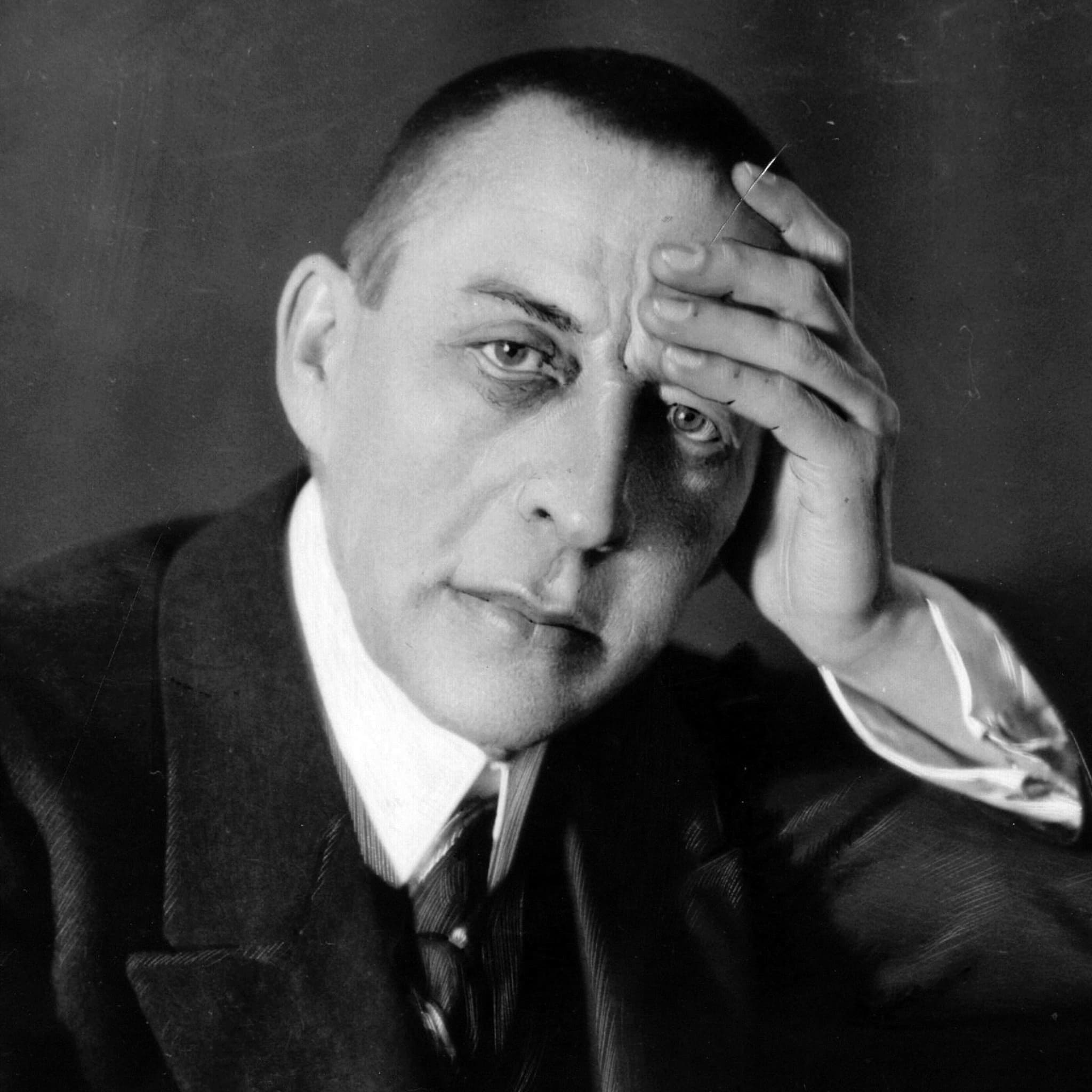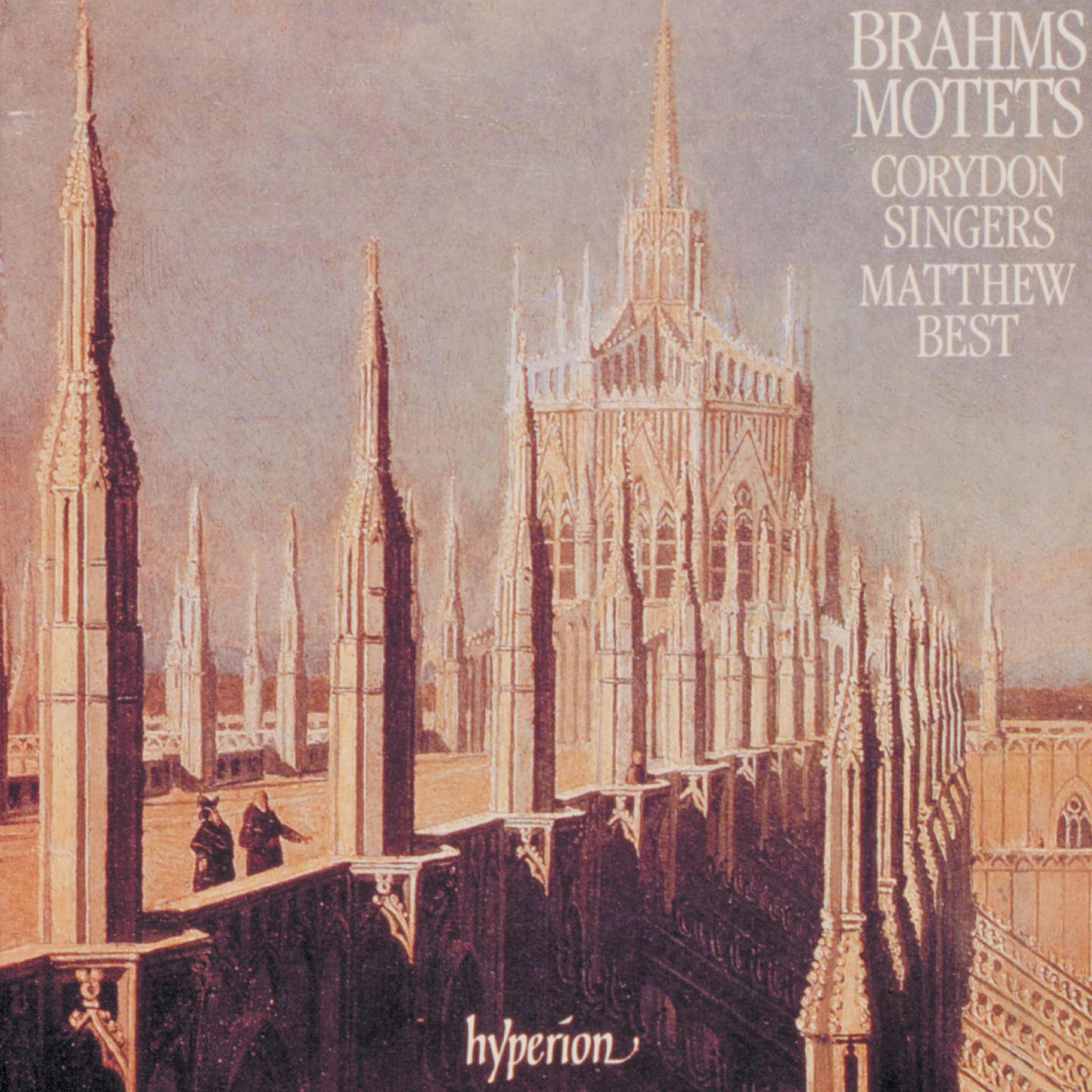Album insights
Dvořák composed two piano quintets in A major, the first of which belonged to the chamber music works he wrote in his late twenties and early thirties, most of which he later destroyed. He thought the same fate had befallen his piano quintet, but it resurfaced about 15 years later, prompting him to rework it. Despite numerous changes, aimed primarily at streamlining the rather expansive work reflecting his early fascination with Wagner, Dvořák remained unsatisfied with it. Instead, in the fall of 1887, he reached for a new sheet of paper and composed a completely new quintet, Op. 81, which soon became his most popular piano chamber music work.
The gentle, relaxed cello theme that unfolds into a softly flowing piano accompaniment at the beginning of the quintet is one of Dvořák's most amiable inspirations, embodying the sunny mood of the work. The calmness of the opening notes is brief, transitioning into a touch of melancholic minor tones later in the melody. The atmosphere is soon interrupted by a dramatic minor outburst. As the initial theme returns in a higher register on the violin, the mood remains predominantly minor, with the viola introducing a stuttering accompaniment characterized by repeated notes derived from the powerful preceding passages. The development section is largely held in a minor key, imbuing the entire movement with a strong undercurrent of unrest.
The slow movement takes the form of a "Dumka," a type of folksong originating from Ukraine, known for its sharp mood swings from melancholy main melodies to episodes of almost manic gaiety. Dvořák's famous pieces of this nature are found in a set of six "Dumky" for piano trio, along with other examples like his String Sextet Op. 48 and String Quartet in E-flat major Op. 51. In the Dumka of the piano quintet, the main theme appears in different orchestrations and tonal hues. The viola takes the spotlight at the beginning, reflecting Dvořák's personal instrument, and plays a prominent role throughout the quintet. Following a fluid episode in a major key, the Dumka melody shifts to the cello, blending with a deep rumbling accompaniment from the piano. The energetic second episode intensifies the contrast, doubling the tempo while echoing the initial Dumka main theme. The return of the Dumka melody shifts to the violin, featuring a new counter-theme on the viola, and ultimately leading to a gentle ending after a recapitulation of the opening melody.
Dvořák aptly termed his Scherzo as a "furiant," yet despite its vigor and energy, noticeable rhythmic eccentricities typical of such pieces were largely avoided. In its second half, where the melodic thread is initially handed to the viola, the Scherzo is orchestrated with bell-like tolling on the piano. Later, in the calmer section, the second violin's accompaniment is created by repeating tones, swiftly shifting between open and stopped strings on adjacent notes.
The finale initiates tentatively, gradually building snippets that converge into the staccato-like closing phrase of the Rondo's main theme. Dvořák cleverly intertwines the lively piano scales with a prolonged staccato passage on the first violin during the first fortissimo peak. As the piece commences in a different key, Dvořák can later overlap the peak of the second theme in a minor key with the return of the opening bars, leading to the first restatement of the Rondo theme. This theme, featuring running sixteenths, invites a contrapuntal elaboration, showcased through a fugal passage in the development section. However, such formal techniques are brief in a piece exuding unbridled joy, culminating in a triumphant return of the Rondo theme before a brief moment of calm sets the stage for an exuberant finale.
Five years after composing his piano quintet, Dvořák embarked on his first journey to the United States. Reluctantly, he accepted the directorship at the newly established National Conservatory of Music in New York, arriving in the city with his family on September 27, 1892. His three years in America were a mix of professional accomplishments conducting top orchestras in New York and Chicago, mentoring promising students at the conservatory, intertwined with a deep-seated homesickness, eventually eased by a return to Bohemia for a well-deserved vacation in 1894.
During his American sojourn, Dvořák absorbed the local music scene, notably drawing inspiration from African American melodies and Native American chants. Discussions attributed to him in the New York Herald emphasized the significance of these music forms for American composers. The article advocated studying these folk tunes for creating a truly national musical identity. Conversations surrounding African American and Native American melodies reappeared in a subsequent article in Harper’s Magazine, endorsing them as pillars for a unique national music style.
Traditional plantation melodies were shared with Dvořák by his pupil Harry Burleigh, a beneficiary of scholarships designated for African Americans at the National Conservatory. Dvořák's intrigue with this repertoire is evident in the pentatonic melodies and distinct short-long rhythms found in his American-inspired works, like the "New World" Symphony and String Quartet Op. 96. This musical aspect proved influential for the black American composer Florence Price, evident in the gentle sway of her a minor Piano Quintet's pentatonic melody. This traditional fourth movement transitions from a rhapsodic midsection to a quiet recapitulation of the opening melody, concluding the piece calmly.
Florence Price, born Florence Beatrice Smith on April 9, 1887, in Little Rock, Arkansas, alongside the younger black composer William Grant Still, established herself as a composed voice amidst challenging racial environments. After studying at the New England Conservatory of Music in Boston, Price returned to Arkansas, teaching at various institutions catering to African American students in the Southern states post-Civil War.
Price's marriage to Thomas J. Price in 1912 intertwined her life with the legal realm, notably during the Elaine Massacre of 1919, where her husband successfully defended black sharecroppers facing violent reprisals. These racial tensions in Arkansas led the Prices to resettle permanently in Chicago nearly eight years later.
Renowned for her vocal works, Florence Price counted illustrious advocates in contralto Marian Anderson and later singers like Leontyne Price and Grace Bumbry. Her vibrant composition portfolio included the award-winning Symphony in E minor premiered by the Chicago Symphony Orchestra in 1933, making her the first black woman whose expansive work received such recognition in American concert halls. Despite some of her manuscripts remaining undiscovered until 2009, Price's legacy endures through her compelling compositions, as showcased in her eloquent Piano Quintet.








